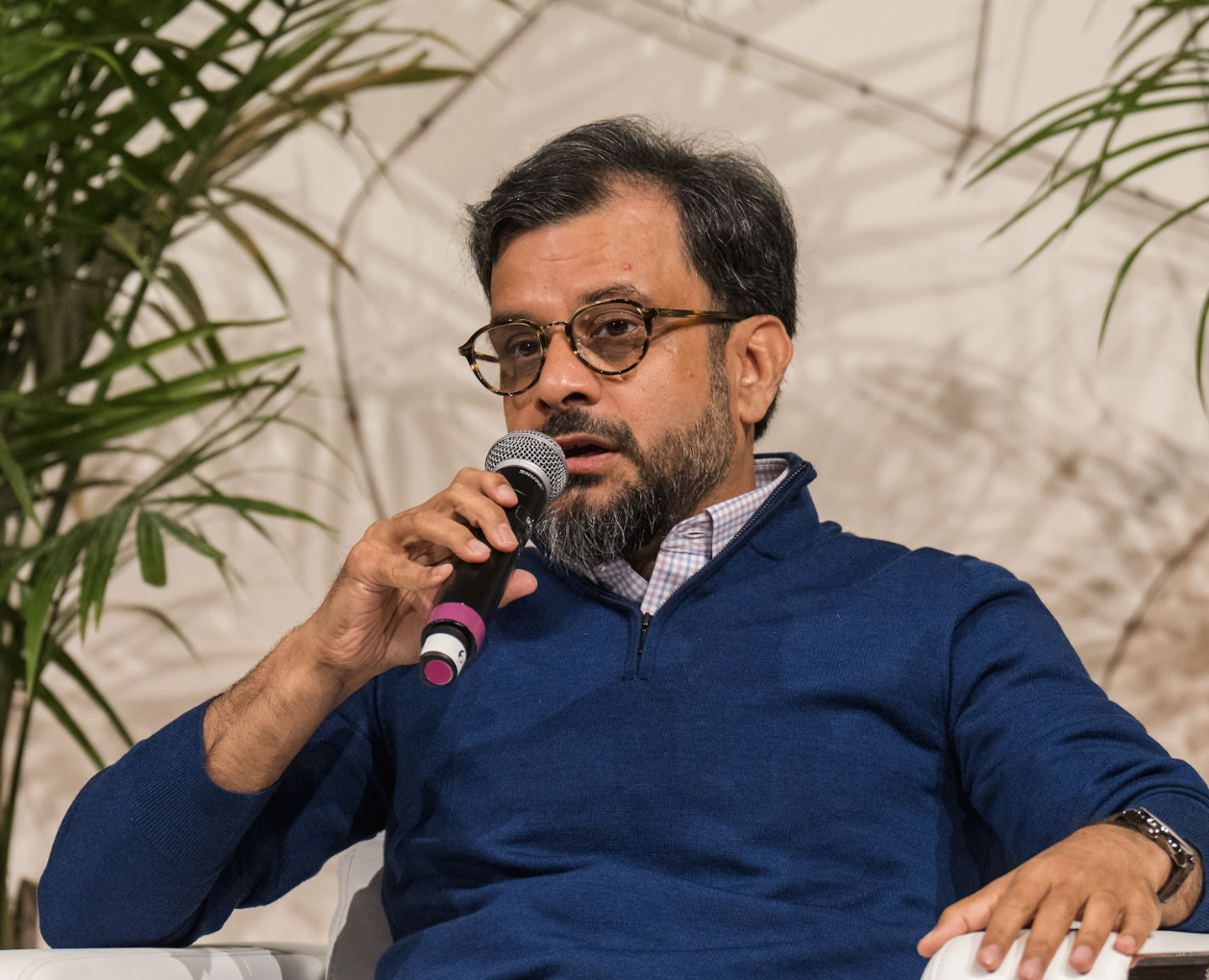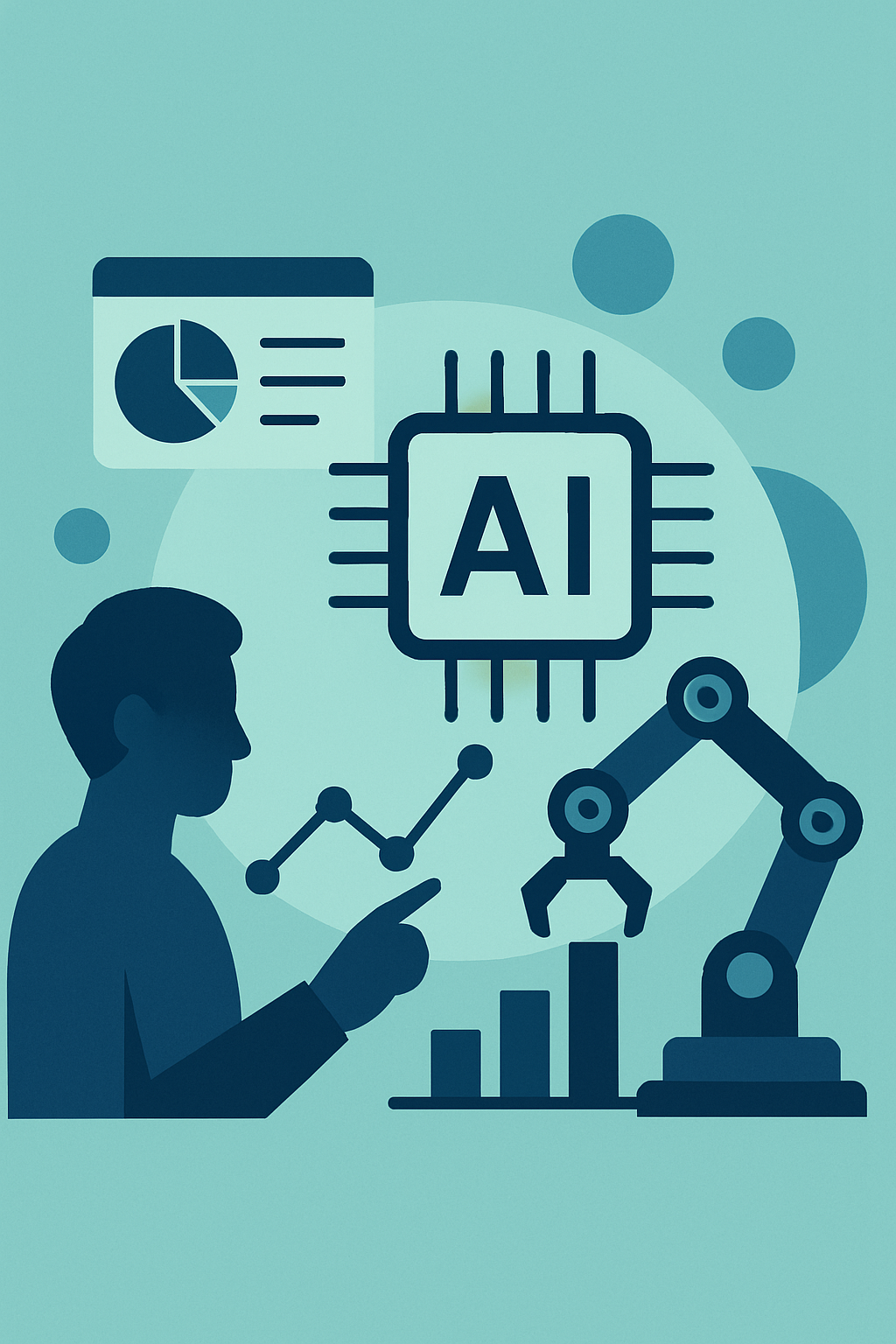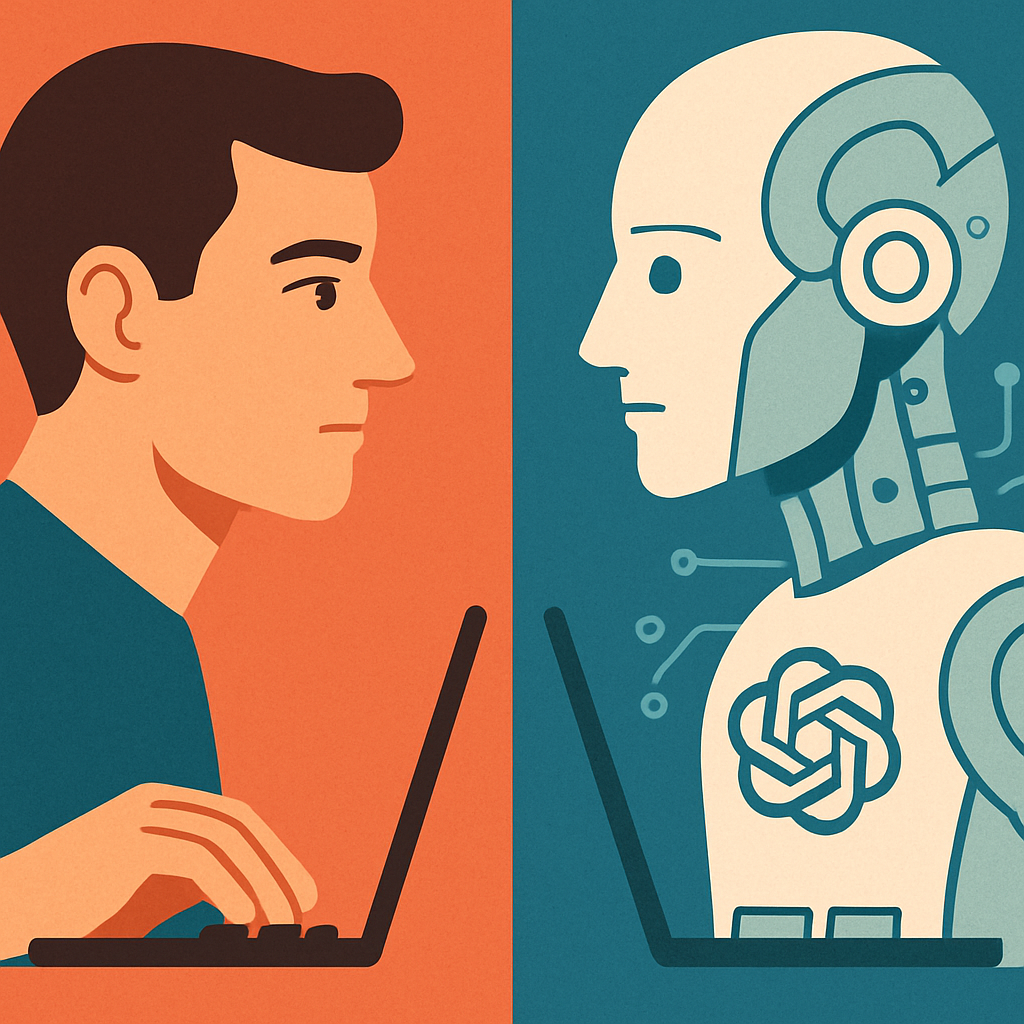Explore our blog
Featured article

How Software Engineers and Students Use AI to Move Faster than Ever (without breaking things)
The “AI revolution” is really augmented intelligence: humans + tools. super{set} backs teams that are AI-native—putting AI at the core, not as an add-on. For students, the risk is either over-relying on AI (and skipping fundamentals) or under-using it (and falling behind). Universities should teach both rigorous reasoning and modern AI workflows. For developers, agentic tools (e.g., Cursor, Copilot) turn one engineer into a mini dev team—automating boilerplate, tests, docs, and legacy audits—so humans can focus on architecture, edge cases, and creative problem-solving. AI won’t erase jobs; it shifts them, rewarding those who adapt. The near future belongs to builders who pair deep software craft with AI fluency.

This VMblog Q&A with super{set} founding GP Vivek Vaidya explains how the studio builds AI-native enterprise companies by pairing capital with hands-on company building (engineering, GTM playbooks) and focusing on proprietary data as the core moat. It spotlights the $200M acquisition of Habu by LiveRamp (2024) as proof of the model, and details what they seek in technical co-founders, how they hard-wire governance/privacy from day one, and which enterprise workflows are ripe for AI over 2025–2030.

As a co-founder at Lucenn, an innovative AI Dev shop, Adrien Le Gouvello, a partner at super{set} gets to see how AI is automating and transforming all kinds of business processes daily. Not a software engineer, not an expert, but understands the requirements and functionality needed to create an effective coordination tool for Burning Man.
No items found.
Reset All



.jpeg)